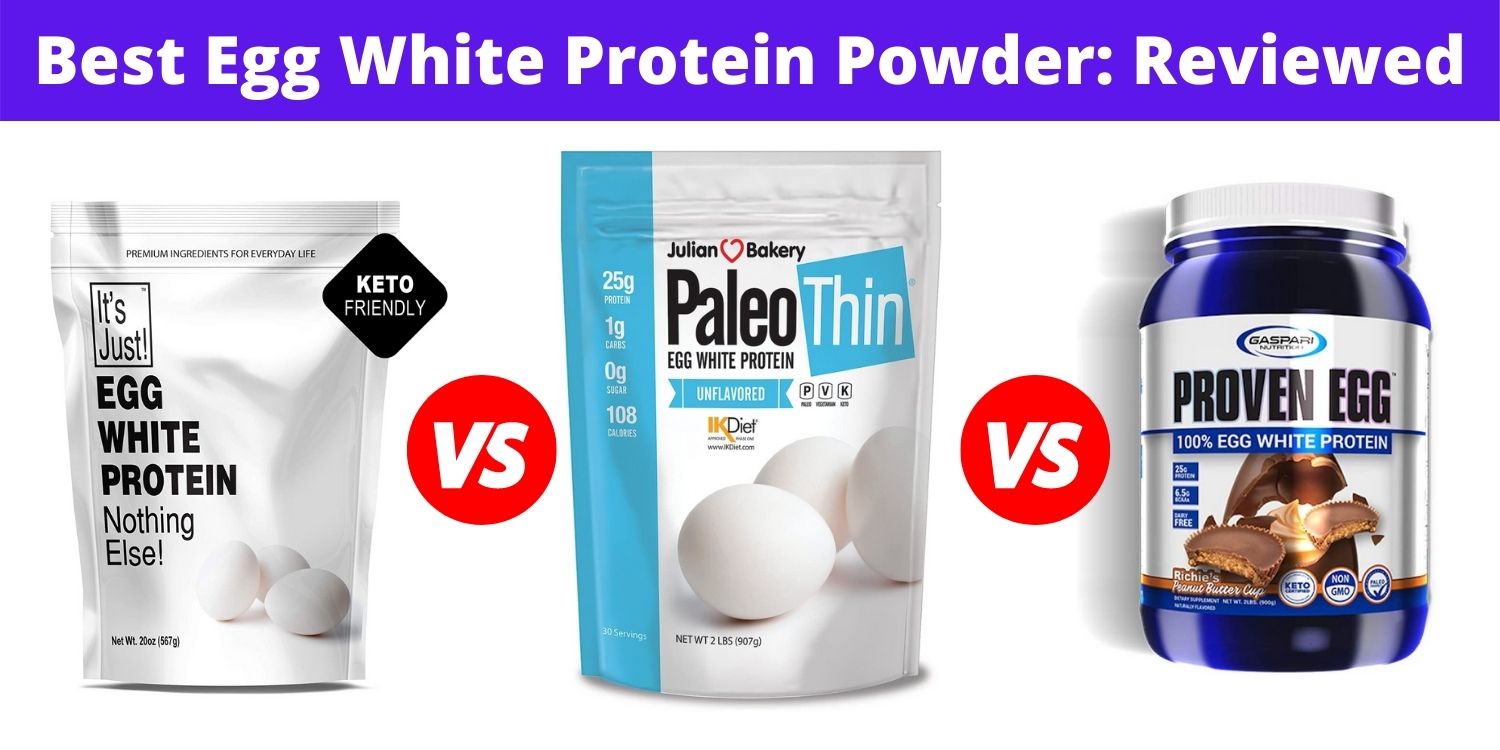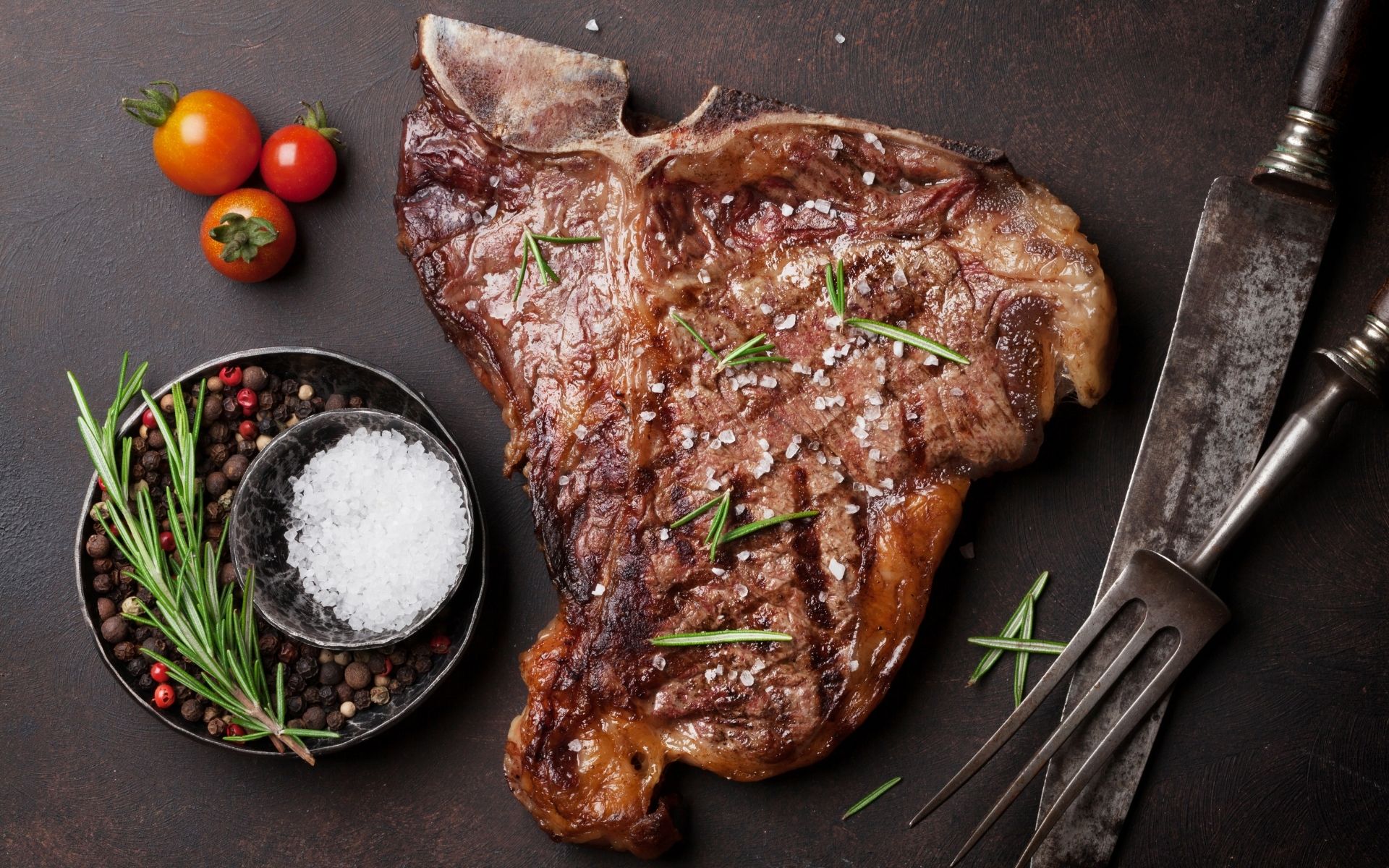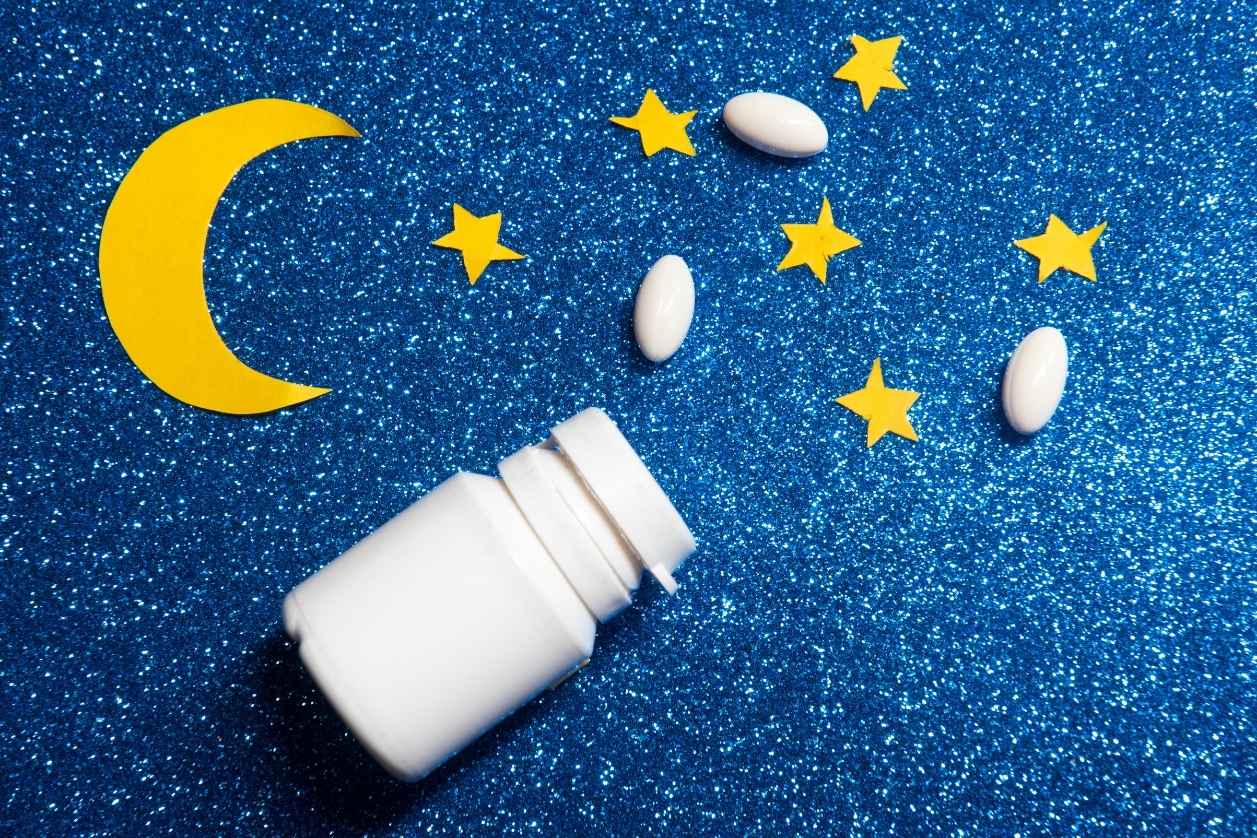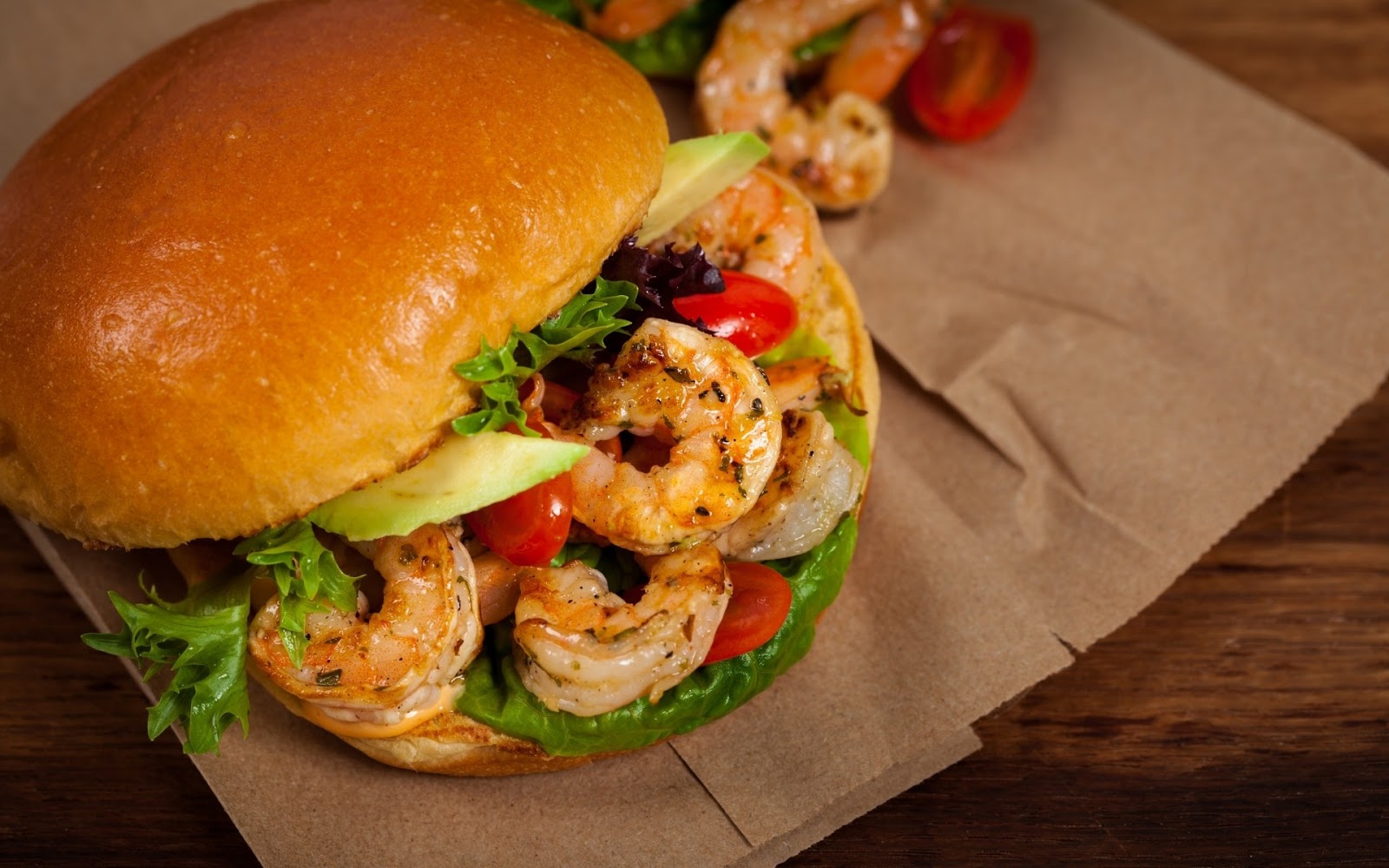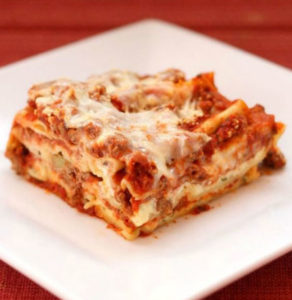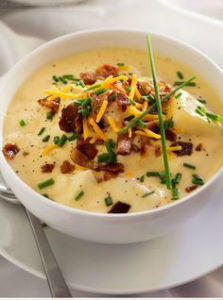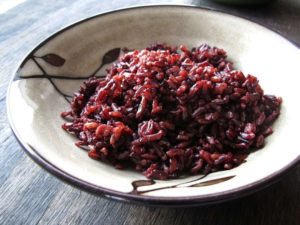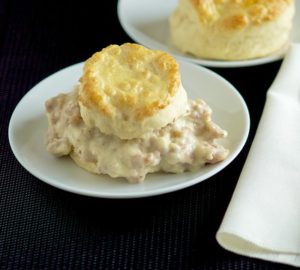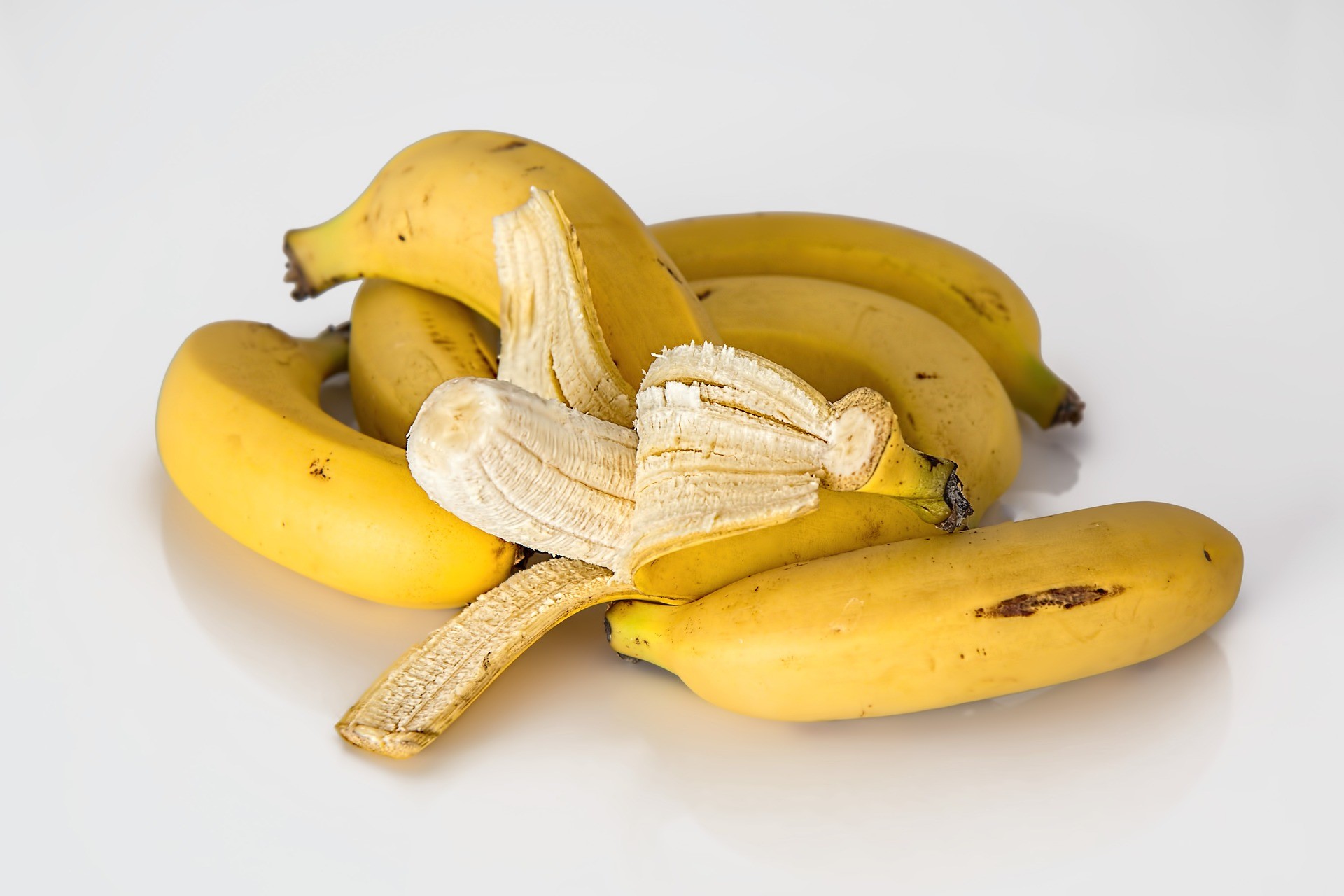
Bananas are a delicious fruit to add to your meal. They taste great and are a source of nutrients like potassium and carbohydrates for the body. There are hundreds of different Banana species around the world, yet most of those species have one weird fact in common.
Bananas do not have seeds.
But did you know bananas are classified as a fruit because they have seeds?
This article is for you if you have ever peeled open a banana and wondered why they do not have seeds.
Continue reading to discover the exciting history of bananas, what bananas used to look like in the past, and why bananas do not have seeds anymore.
What Happened to Banana Seeds?
The Banana has been around for a long time, and experts suggest that it might have been the world's first fruit.
Bananas originally had seeds, but as advances in agriculture began to take place, people began to discover new ways of cultivation. The Banana was one of the plants that went through domestication, causing it to have more flesh and less seed.
When you cut a banana open, you can see little black stuff going down the center. Those are banana seeds, but farmers can no longer plant them in that form since they are sterile. In the past, however, those seeds used to be quite significant, almost up to the size of peas.
You can still find wild bananas with seeds in the wild, but their seeds are so many that you will find them inedible. The smaller seeds in our current bananas make them easier to eat whole, unlike the wild bananas, which are difficult to eat because of the size of the seeds.
How Do Bananas Grow?
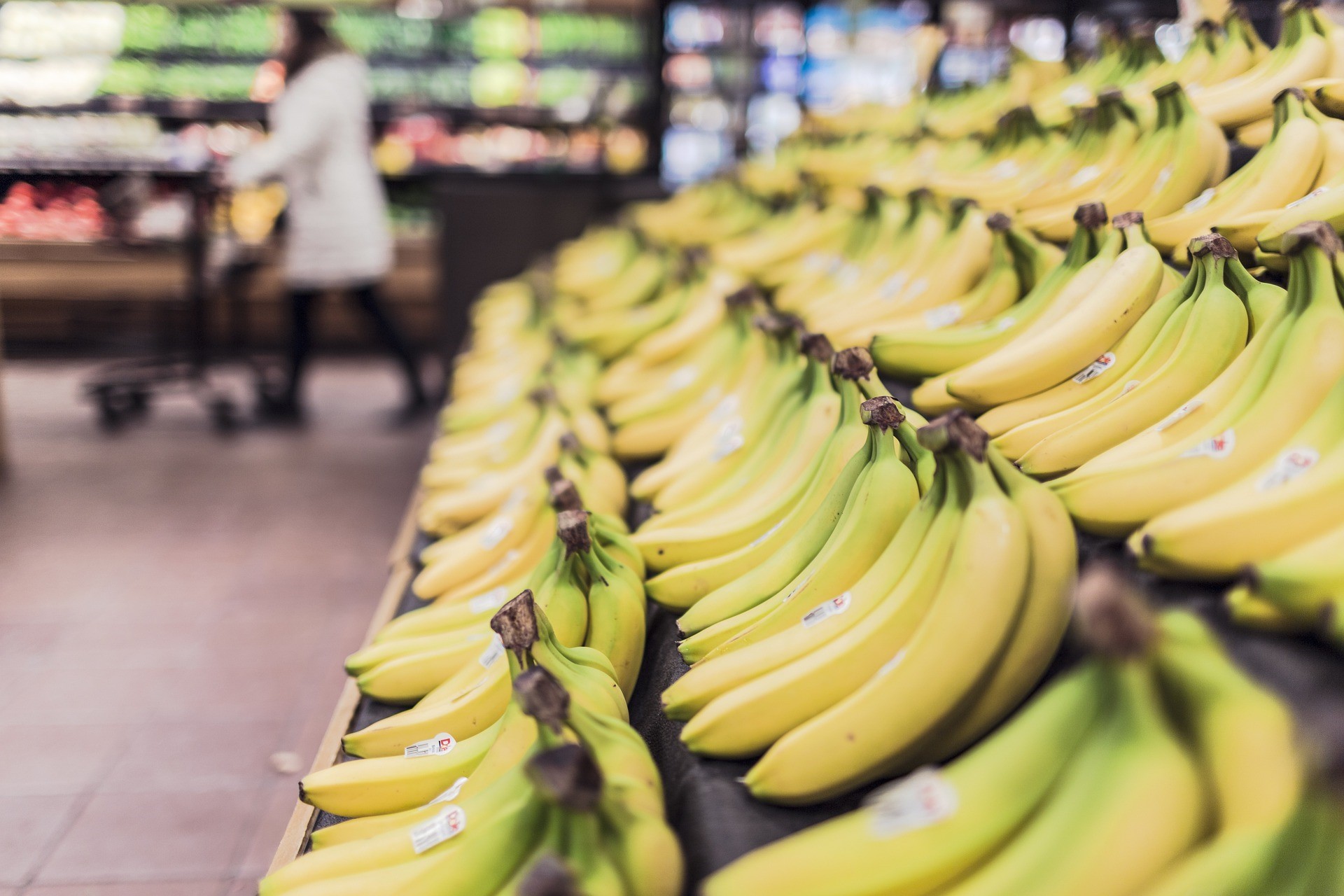
Image from Stocksnap on Pixabay
Unlike other fruits like oranges or apples, which have seeds and you can easily plant them after eating, bananas have a unique way of being grown. Since bananas no longer have seeds, you may wonder how they get cultivated.
Because most bananas are of the seedless variety, farmers realized that they could grow bananas from cuttings of the banana tree. This method is known as vegetative propagation or asexual propagation.
Using this method, you can get banana pups or suckers from a nursery or buy from which are removed from the plant and replanted to grow a new banana plant. A new tree can grow from a pup in about nine months.
The Popular Banana Species
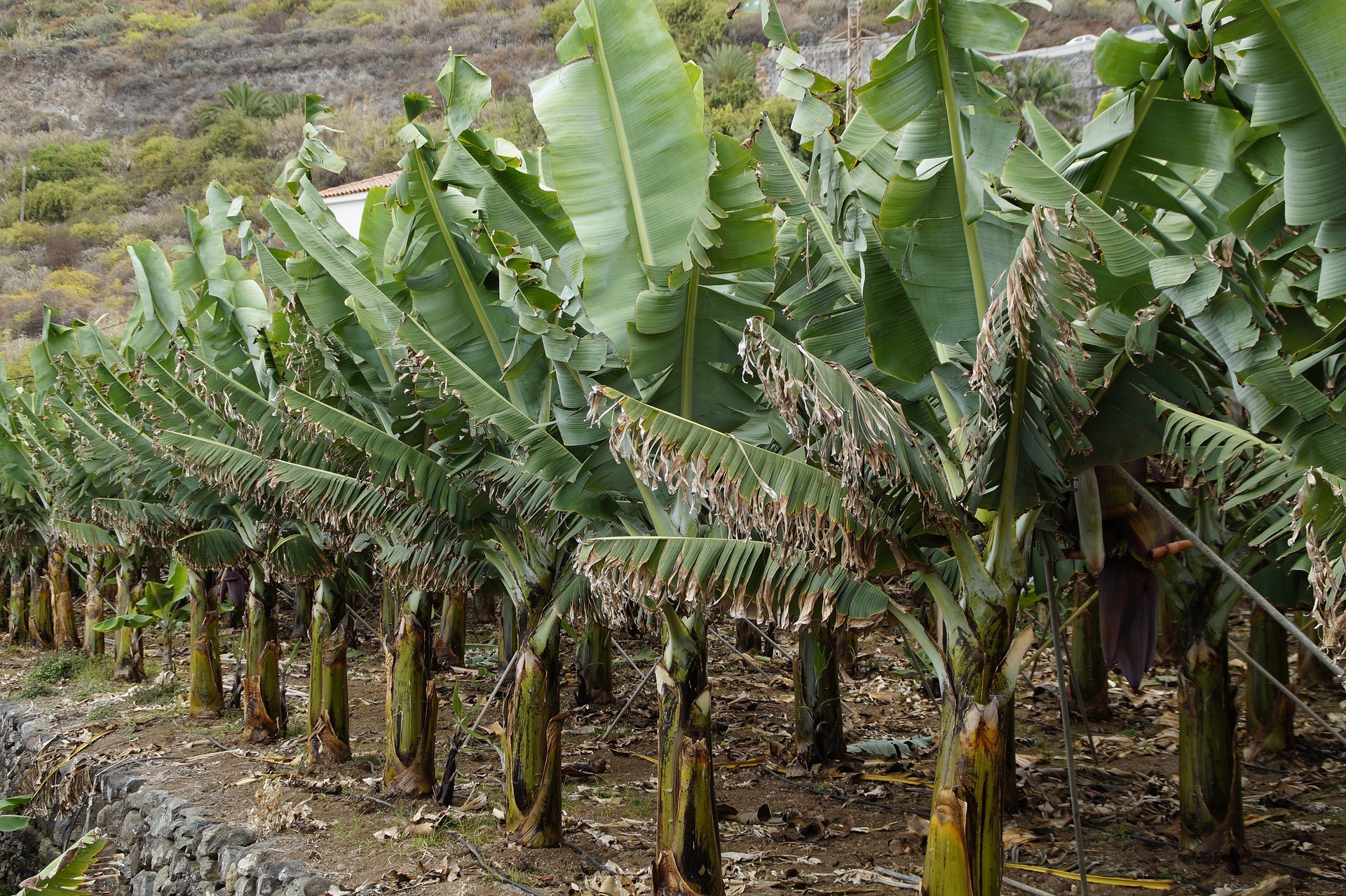
Photo by efraimstochter on Pixabay
If you've ever bought a banana at a grocery store, chances are that you purchased the Cavendish species of Banana. Even though one of the most popular species of the Banana is the Cavendish species, it has not always been so.
In the 1900s, the primary kind of Banana commercially produced were the Gros Michel species. This kind of Banana had a harsher peel, making it easy to transport to long distances with minimal damage. They were cultivated in large quantities in various plantations in Central America and then exported to multiple countries in Europe and North America. The Gros Michel died due to a fungal disease known as Fusarium Oxysporum, also known as the Panama disease, and made the Banana species almost extinct. Interest then moved to the Cavendish species.
The Cavendish banana has an exciting history of its own. It arrived as a gift from the Chaplain of Alton Towers in Mauritius to the 6th Duke of Devonshire, William Cavendish. The Banana was then meticulously cultivated by Sir Joseph Paxton, the head gardener of the Duke in Chatsworth House. From Chatsworth, the Banana was then shipped to various places in the Pacific and finally gained commercial success after the demise of the Gros Michel species.
Fun Facts about the Banana
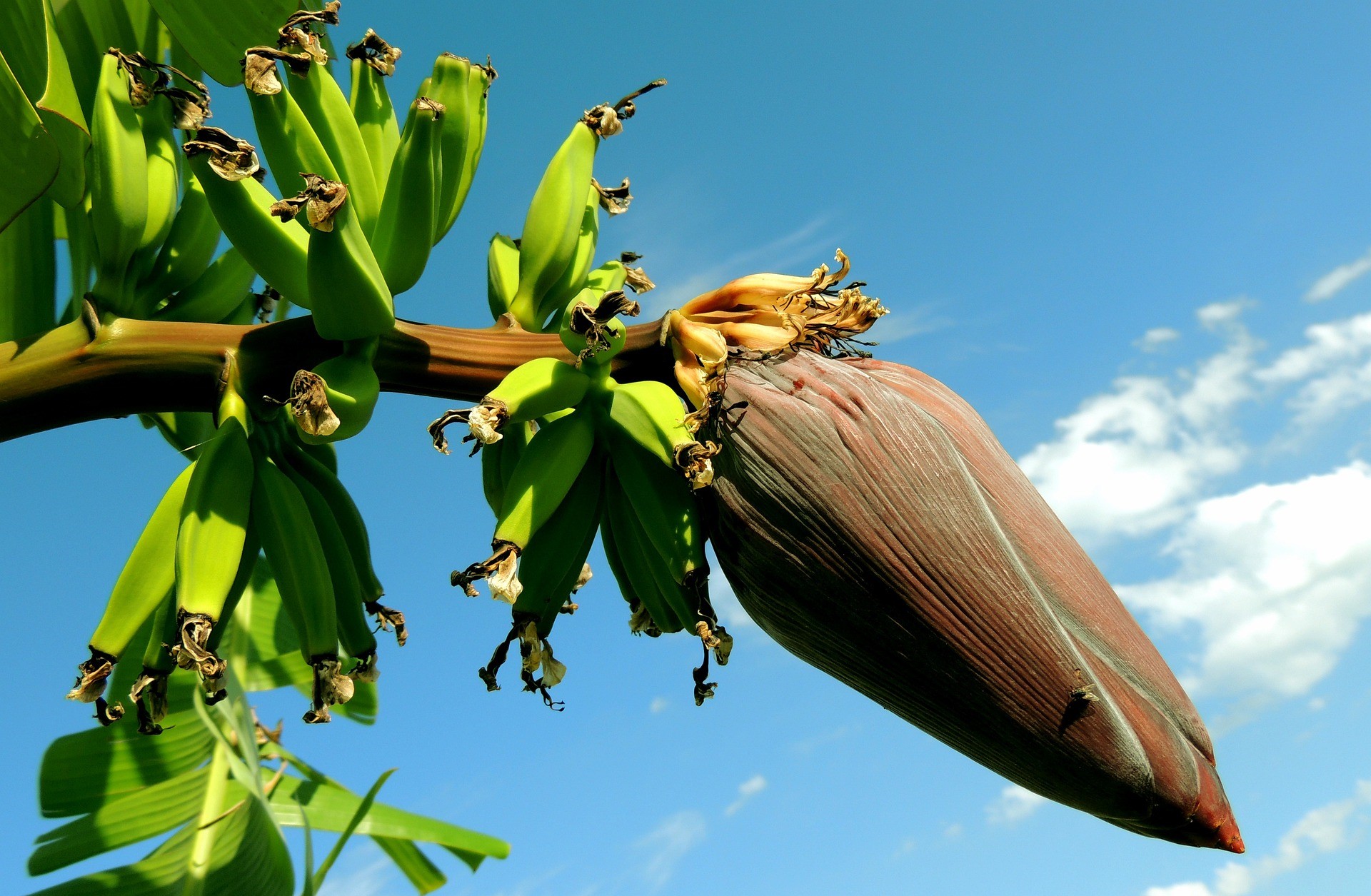
Image by Junior Peres Junior on Pixabay
So Many Varieties!
The Banana has more than 1000 different species in existence. The most popular variety of bananas is the Cavendish species.
Bananas are great for heart and kidney health.
Bananas contain potassium and magnesium, which are essential for heart health. Eating bananas can help reduce your risk of heart disease and can regulate blood pressure.
Similarly, bananas can help slow down the progression of kidney diseases.
Bananas can help with Depression.
Eating bananas can help balance your mood and keep you functioning optimally throughout your day. Bananas contain tryptophan converted to serotonin when eaten, and serotonin is the mood-balancing hormone.
Bananas Can Help Your Skin and Hair
Bananas contain vitamin A, manganese, and zinc, which are essential in keeping the skin soft and hydrated. It is also full of antioxidants that help clear up wrinkles and acne from the skin. It is usually used as a moisturizer in skincare or as a facial mask.
You can also apply bananas on your scalp to eliminate dandruff and moisturize your hair, keeping it soft and supple.
Bananas Ripen Faster as a Bunch
As bananas begin to ripen, they produce higher amounts of ethylene gas, speeding up the ripening process. So if you want your bananas to ripen slowly, remove the first Banana that starts to get ripe from the bunch. If you want them to ripen faster, place them as a bunch into a paper bag overnight.
Bananas are (a bit) Radioactive.
Since bananas contain potassium, it becomes slightly radioactive the more it ripens. However, it does not mean that eating bananas will turn you into a human equivalent of Chernobyl since they are only radioactive in minimal quantities.
There's a World Banana Day
There's a special day reserved for celebrating bananas, and it's held on the third Wednesday of April every year.
Conclusion
The Banana is one of the most popular fruits in the world. It is easy to purchase and has many nutritional benefits for our health.
Here, we discussed how the Banana lost its seeds and how you can plant them now that they are seedless.
We also shared some fun facts about the Banana and some health benefits you can get from eating bananas.

